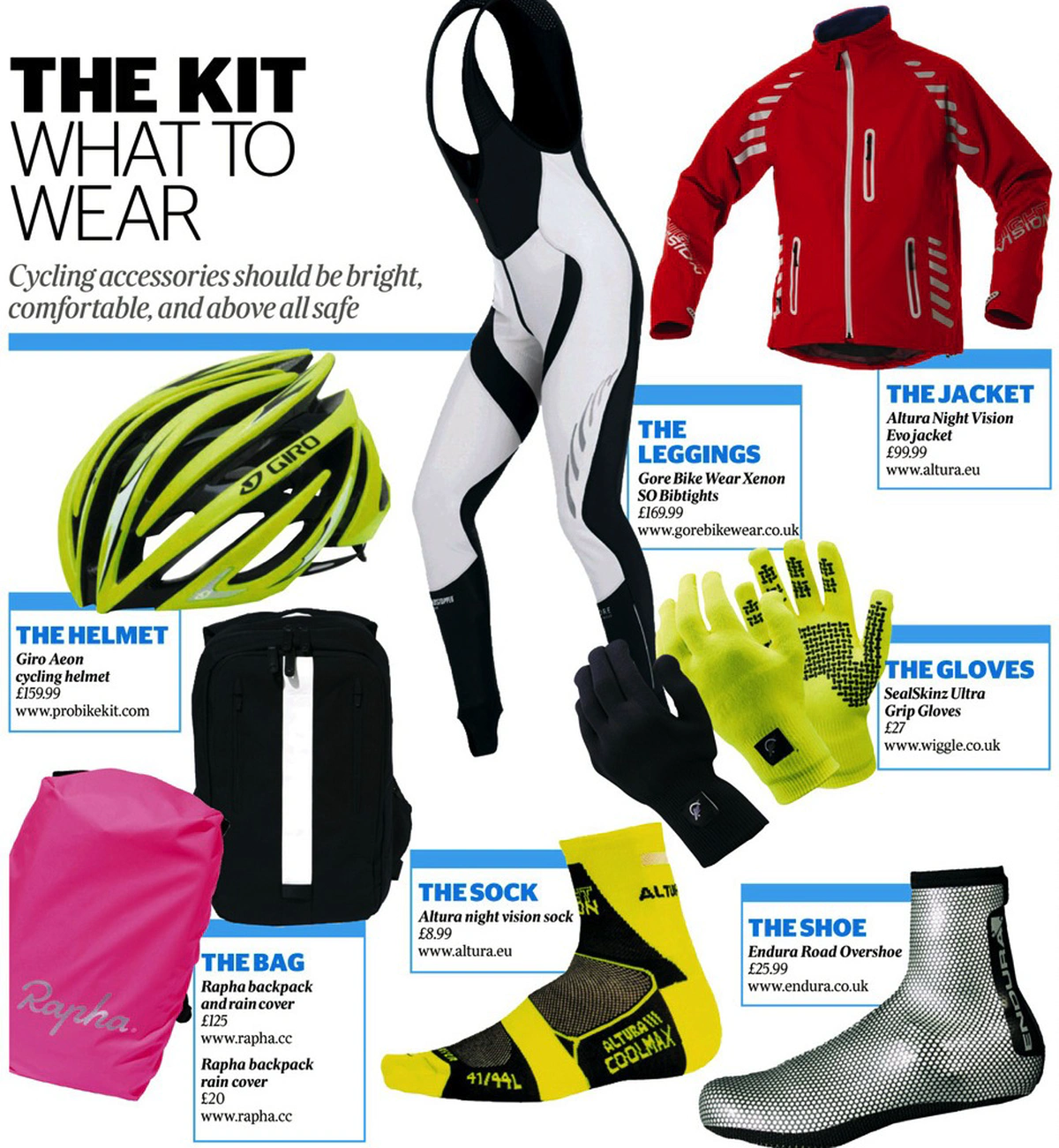The only kit you need is a bike
For the first two days of The Times Cities fit for cycling campaign, the reaction amongst cycling campaigners was unanimously positive. For the first time, cycle safety was being addressed in a way that didn’t blame the victims of cycling accidents, and furthermore, it was being addressed in a mainstream arena.
For too long, the emphasis has been placed on the cyclist to protect themselves in a dangerous environment, instead of looking at why our cities are dangerous places to cycle in the first place. Here was an eight-point manifesto that was largely about addressing these issues: placing mandatory sensor equipment on large vehicles, identifying the 500 most dangerous junctions and completely redesigning them to make them safer, and channeling more public money into safer cycle routes.
The potential impact of more people cycling as a result of this safer environment is enormous. Our cities become less polluted and more pleasant spaces to be, and people become fitter, healthier and better off.
If you think that pushing for this is some kind of social engineering against people’s freedom to own and drive their cars unencumbered in our cities’ streets… then you’re probably right. But it’s only to counter the social engineering that has been carried out by car manufacturers, car insurance companies, oil companies and supermarkets over the last 60 years that has led us to the point where we’re driving half a mile down the road to find the car parking space nearest the supermarket entrance.
Bringing about a mass uptake of cycling as a form of personal transport - as it was before the invention of the car - isn’t just about making our cities safer to cycle in; cycling needs to be seen as a normal way of getting around, a kind of ‘augmented walking’ as it were. There shouldn’t be anything smug or aggressive about cycling, it need not require special equipment other than a bike, and it should only be referred to as a ‘sport’ if there is a competitive element to it.
Unfortunately, as the The Times’ campaign has progressed, we’ve seen Mark Cavendish refer to it as a campaign for our ‘sport’, James Cracknell making people feel guilty for not wearing a helmet, and this monstrous page on The Times’ Cycle Safe website:

So apparently in order to stay safe on a bike, we need £626 pounds worth of extra gear, and look as if we’re about to cycle from John O’Groats to Lands End the hard the way.
When I first read about the The Times’ campaign late on Wednesday night, I really thought it was a watershed moment for cycling campaigning in the UK; that finally we were beginning to see a Dutch-style cycling revolution, and that we were starting to tackle the real barriers to mass cycling uptake. However, after today’s additions to their website, I fear The Times’ campaign may be shooting wide of the goal.